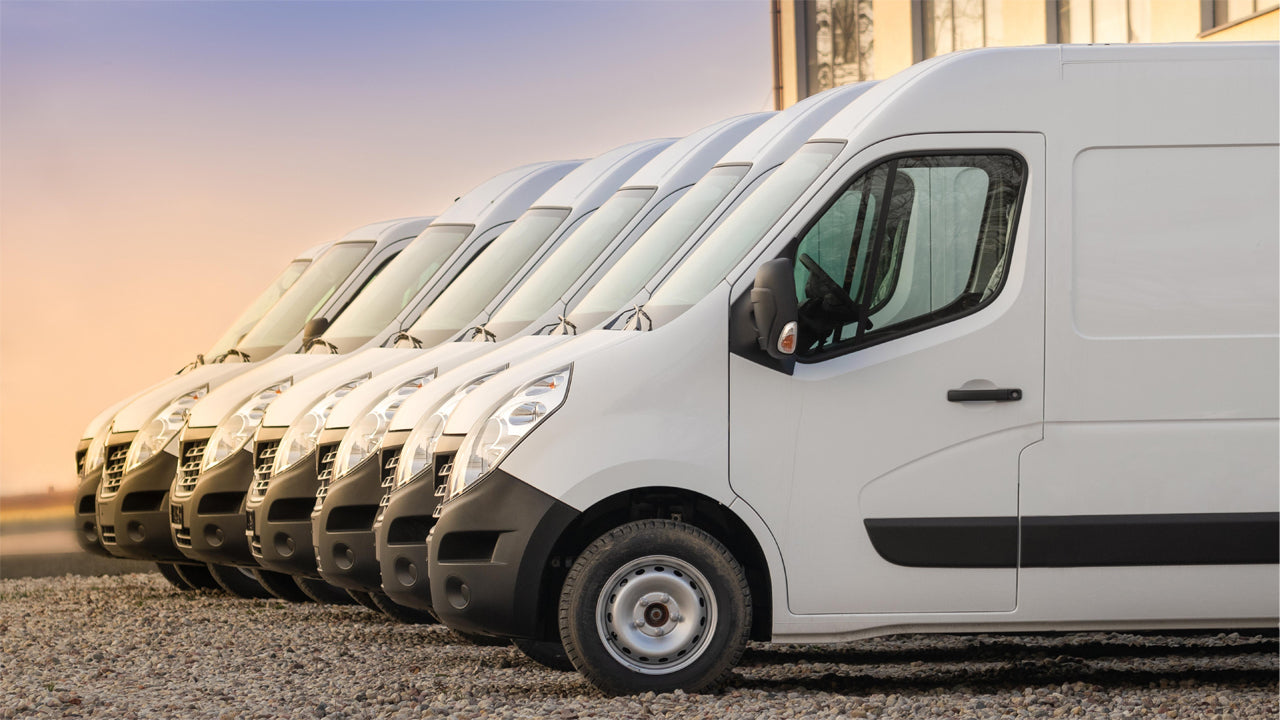1. Increased Accuracy
Technological advancements and enhanced satellite capabilities are set to enhance Sat Nav system accuracy. New robust signals are being introduced for improved precision in location data. The European Galileo system aims to offer high-precision services with accuracies down to the centimetre level.
2. Dual-Frequency Receivers
An increasing number of consumer devices now feature dual-frequency receivers. These receivers can utilise two different satellite signals simultaneously to correct errors caused by the ionosphere, significantly enhancing accuracy for everyday users, beyond just professional or military use.
3. Integration with Other Technologies
Sat Navs are increasingly integrated with other technologies, like inertial navigation systems and various sensors in smartphones and vehicles. This integration offers more reliable location tracking, especially in areas with weak satellite signals.
4. Improved Reliability and Redundancy
With more satellites being launched by different countries and private entities, the redundancy of global navigation satellite systems will improve. This means that if one system becomes unavailable, others could take over, ensuring continuous service availability.
5. Autonomous Vehicles
One of the most significant impacts of improved Sat Nav technology will be on the development of autonomous vehicles. Accurate and reliable Sat Nav systems are critical for the safe operation of self-driving cars, drones, and other types of autonomous transport systems. These vehicles require precise positioning and quick adjustments to navigate effectively.
6. Advanced Real-Time Services
With better connectivity and the integration of real-time data analytics, Sat Nav devices will be able to offer more than just directions. For example, they could provide dynamic traffic management, real-time hazard warnings, and customised routing based on current traffic conditions and user preferences.
7. Space-Based Applications
As space travel becomes more feasible and frequent, the role of advanced navigation systems extends beyond Earth. Navigation systems for space travel and lunar exploration are also being developed, which could facilitate missions to the Moon, Mars, and beyond.
8. Global Expansion and Cooperation
As global dependence on Sat Nav systems grows, international cooperation will likely increase to ensure these systems are interoperable and compatible. This collaboration will help to standardise systems and ensure that users worldwide receive reliable and consistent service.






